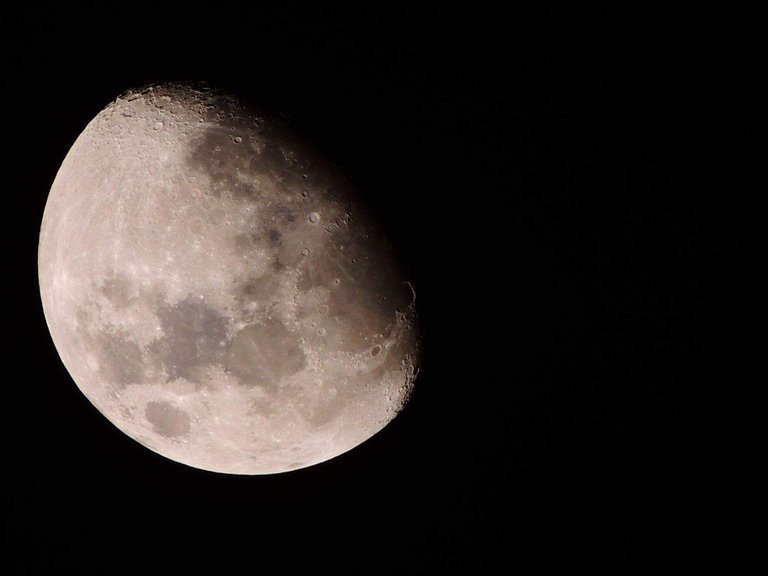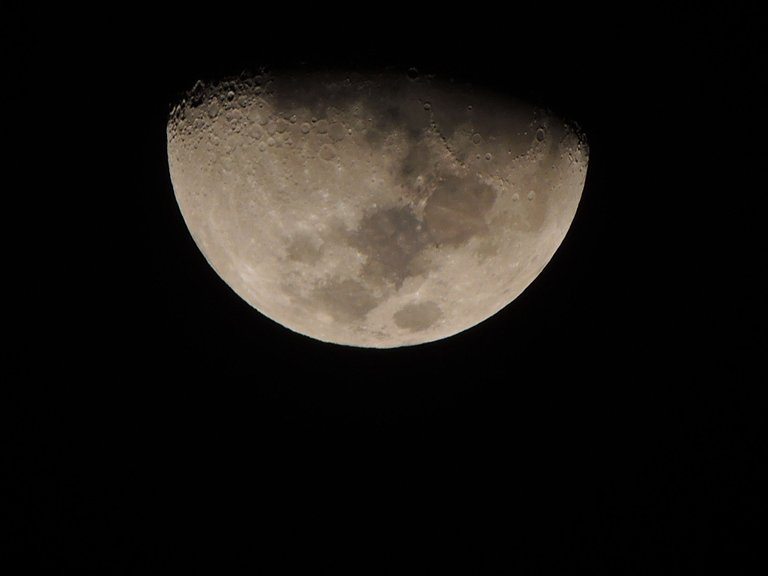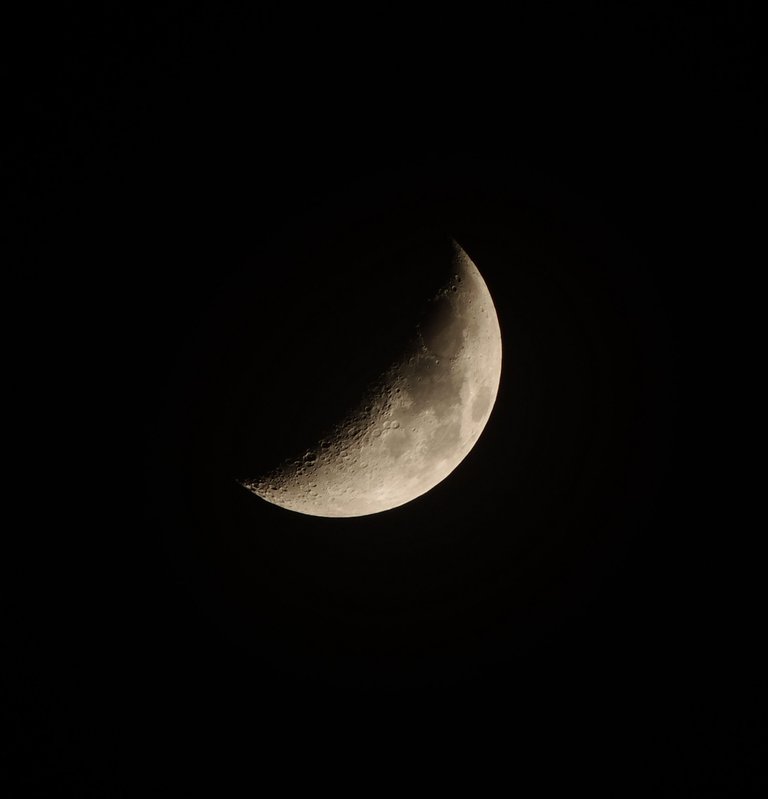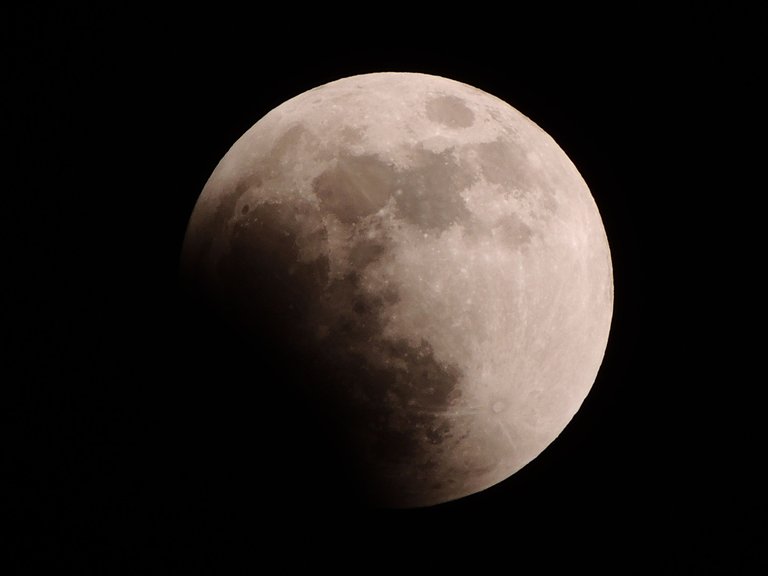
Photo by me
En esta publicación muestro 4 fotografias de mi autoria de diferentes fases de la Luna, y con eso daré una serie de tips para aquellos que quieren sacar buenas fotos de nuestro satélite natural.
Primero que todo, es necesario mencionar que no se necesita de un equipo sofisticado para realizar este tipo de fotografía, pero si se requiere de una cámara fotografico con un lente que tenga un mayor alcance, puesto que la Luna aunque la podemos presenciar a simple vista, se encuentra a una mayor distancia con respecto a la Tierra.
Entonces, si se tiene una cámara con lentes intercambiables con mayor alcance al objetivo o una cámara de lente fijo con un zoom muy potente, podemos sacar fotos extraordinarias de la Luna. Resultado que no se puede obtener con un teléfono celular, así sea del mejor modelo del mercado.

Photo by me
Ahora, debemos tener en cuenta previamente en qué fase lunar se encuentra, por el hecho que si tenemos planeado todo para x día, y no se sabe en qué fase está la Luna, quizás te vayas a tomar la sorpresa que la Luna está en Luna Nueva, y obviamente no se va a poder ver absolutamente nada.
Por otro lado, aparte de tener una cámara en específico, debemos contar con un trípode, para darle una mayor soporte y estabilidad a la cámara, teniendo en cuenta que a mayor alcance del objetivo, suele tener mucho movimiento el lente, al menos que tengamos un buen pulso para captar este tipo de imagen.

Photo by me
Como se puede ver la Luna tiene emana una gran cantidad de luz, y dependiendo de su fase se puede obtener mejores resultados, en este punto no vamos a tener problemas con la iluminación, porque nuestro principal foco de luz, es justamente el objetivo a fotografiar.
Aunque hay unos parámetros, que sirven para configurar la cámara de manera manual y así captar una mejor imagen. Por lo que debemos configurar la cámara, con el menor valor de ISO, que es de 100, una obturación de 1/125 y apertura de f/8, aunque estos valores se pueden modificar según quien tome la foto. Y para los que no saben de estas especificaciones técnicas, puede comenzar tomando la foto con una configuración automática.

Photo by me
Por último, se debe buscar el mejor encuadre fotográfico, si bien la Luna se puede ver con mejor armonía, si esta centrada, también se puede componer la fotografía con una ubicación diferente en el encuadre, de tal forma que se encuentre armonía en su composición. Esta variable dependerá de la persona y de su visualización de la figura.

Awesome shots. I need to break out my longer lens and get some shots of the moon soon too. I haven't taken photos like this in a few years.
The photographs are wonderful.
I'm not a picture taker but I love to observe them, your technique is very good.
It’s amazing I took one pic too with the moon but unfortunately I lost it
Greetings ! Hey you can take other pictures, there will always be good moons.
Very nice tutorial
your pictures are majestic brother! The moon always making us all fall in love.
Thanks !
Congratulations @wilfredocav! You have completed the following achievement on the Hive blockchain and have been rewarded with new badge(s) :
Your next target is to reach 500 upvotes.
You can view your badges on your board and compare yourself to others in the Ranking
If you no longer want to receive notifications, reply to this comment with the word
STOPCheck out the last post from @hivebuzz: